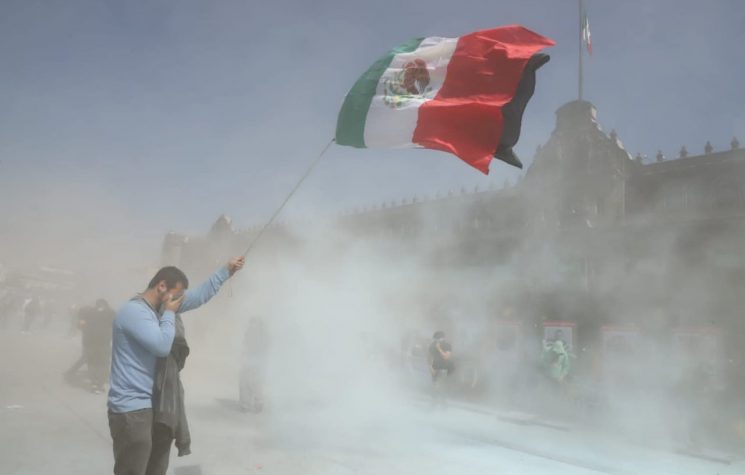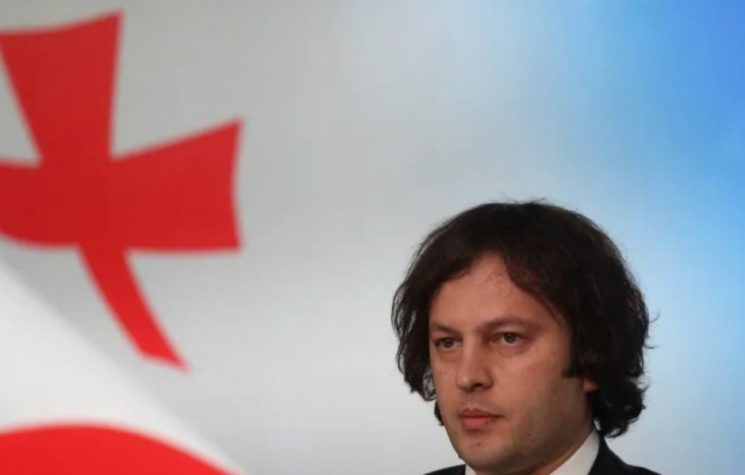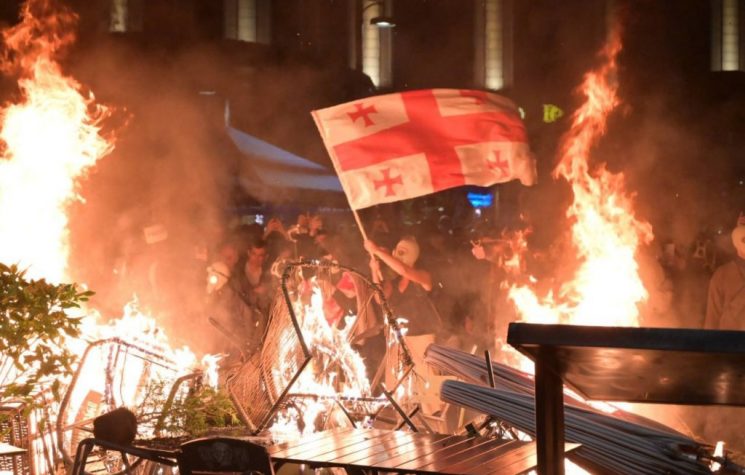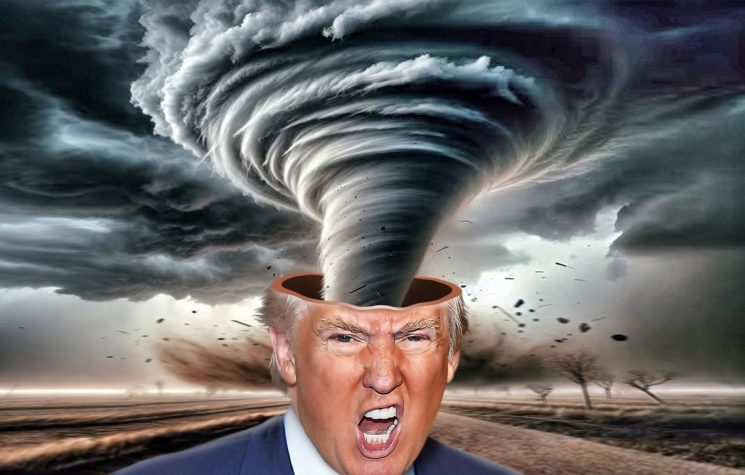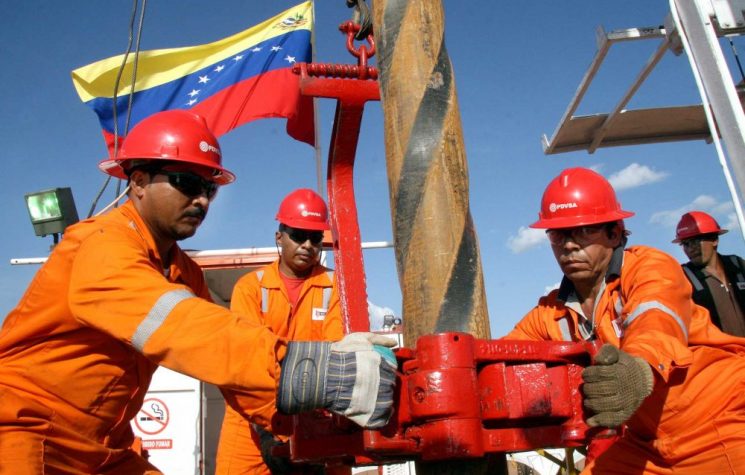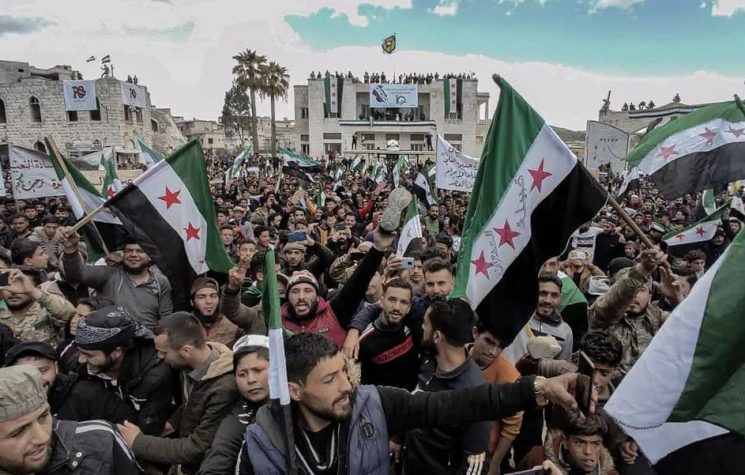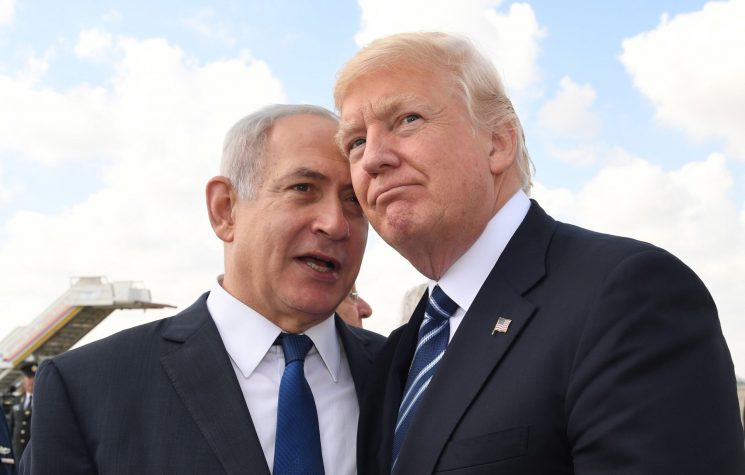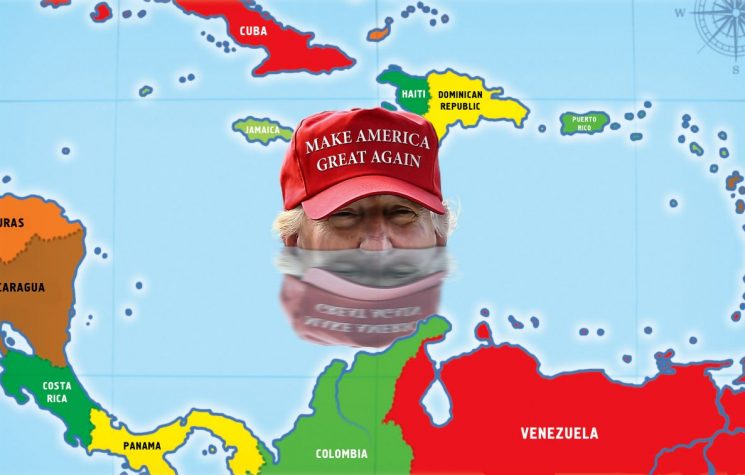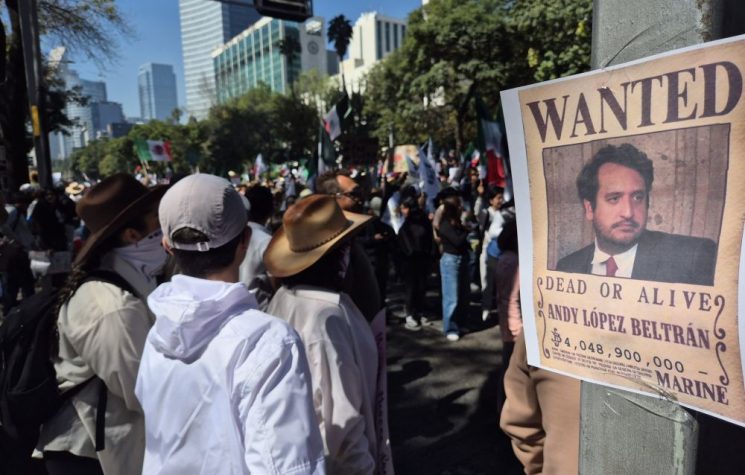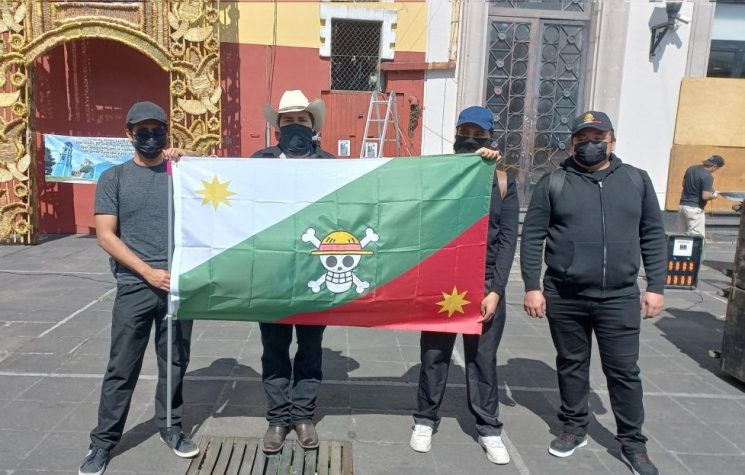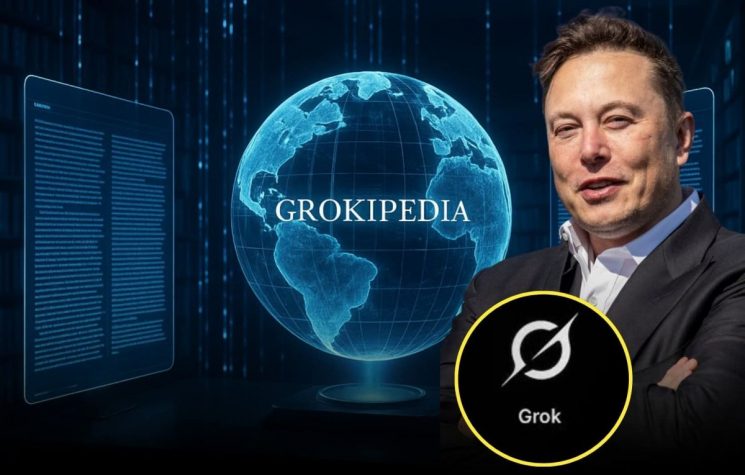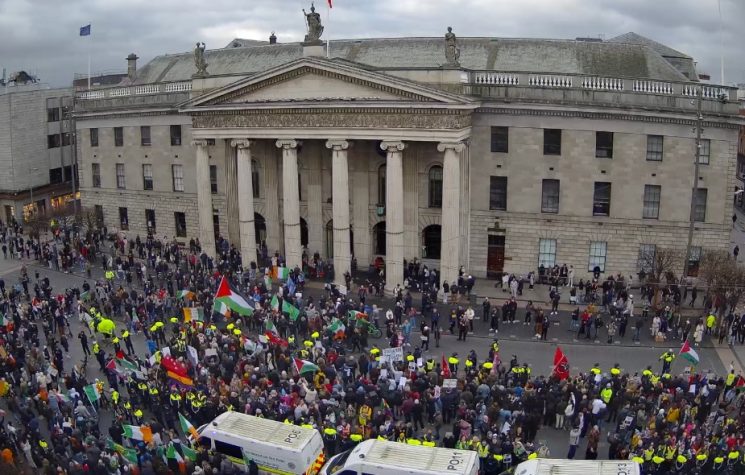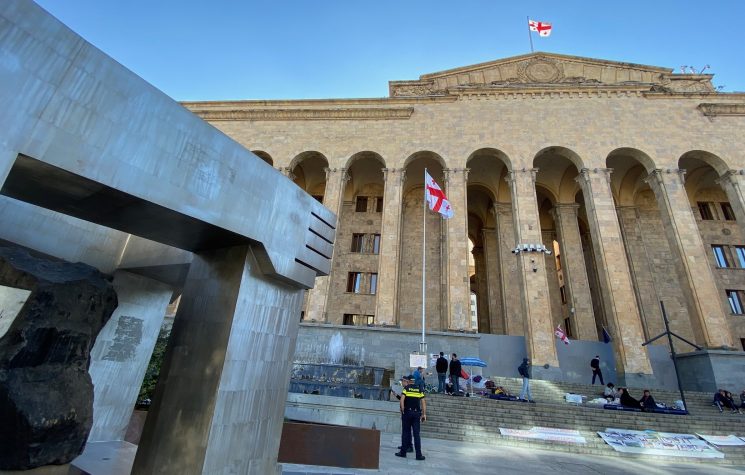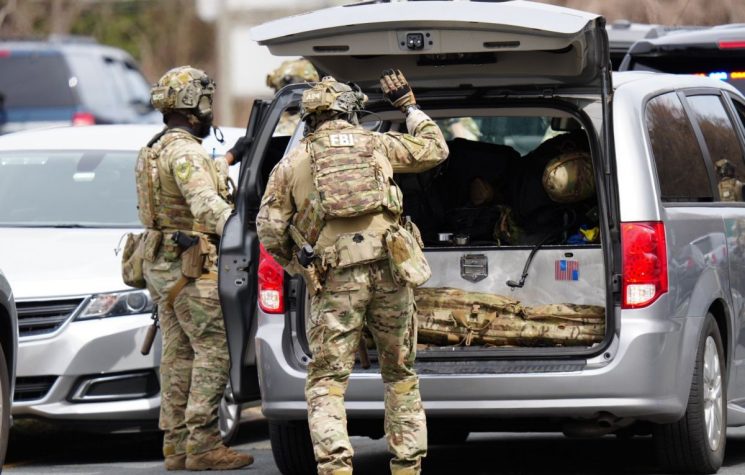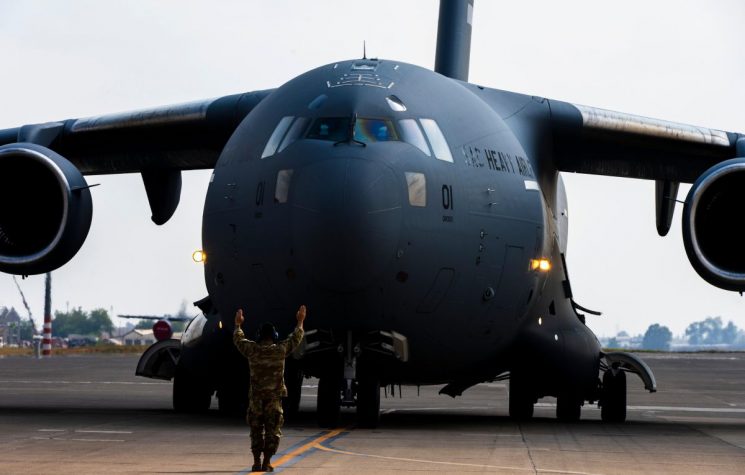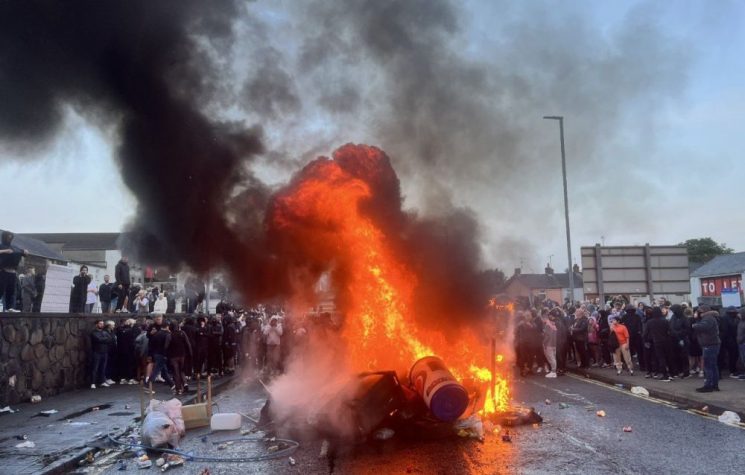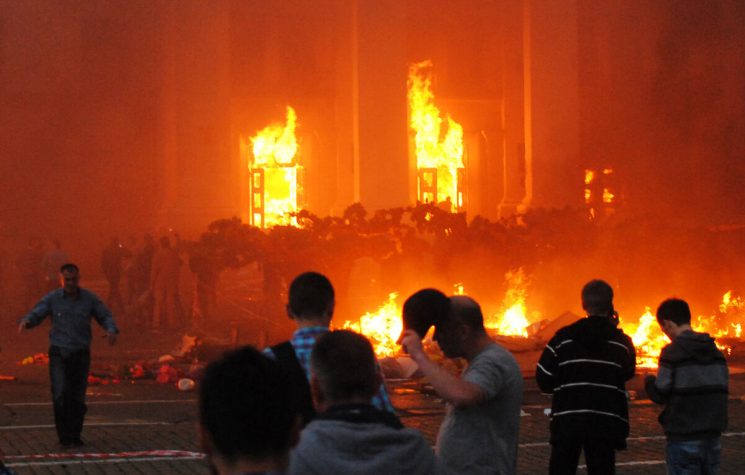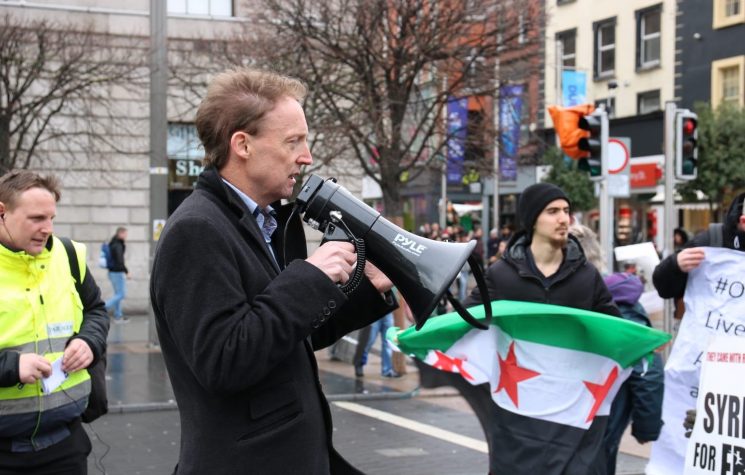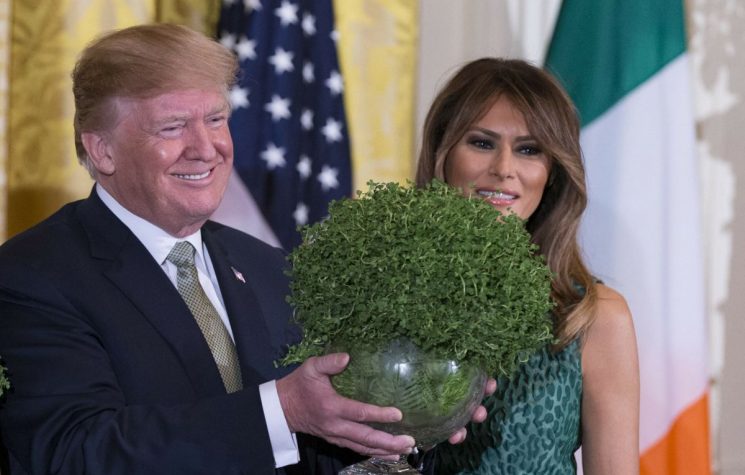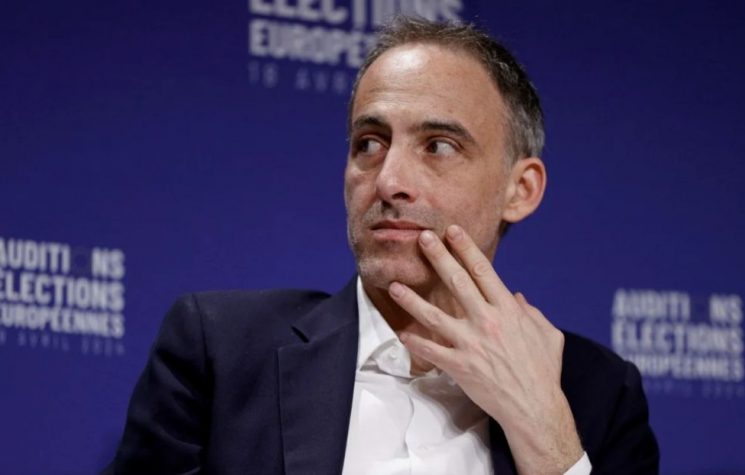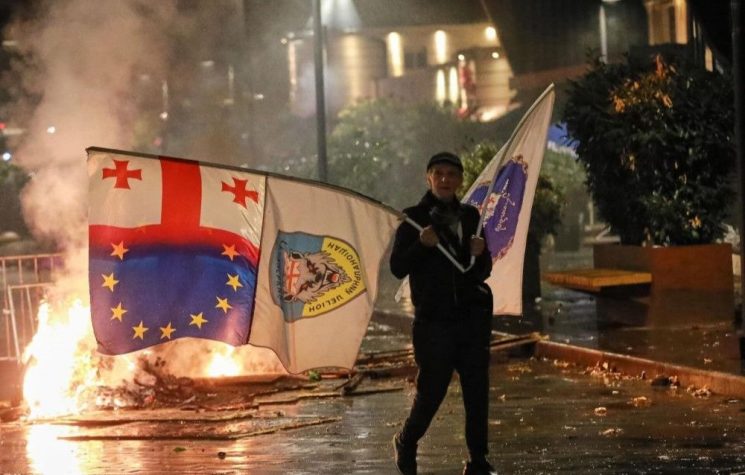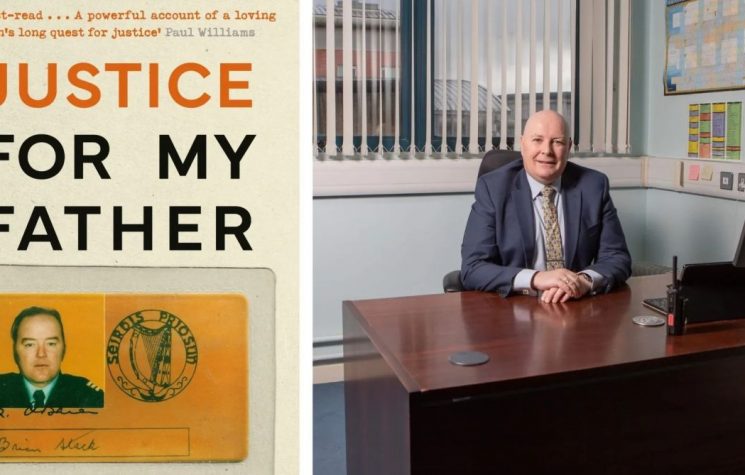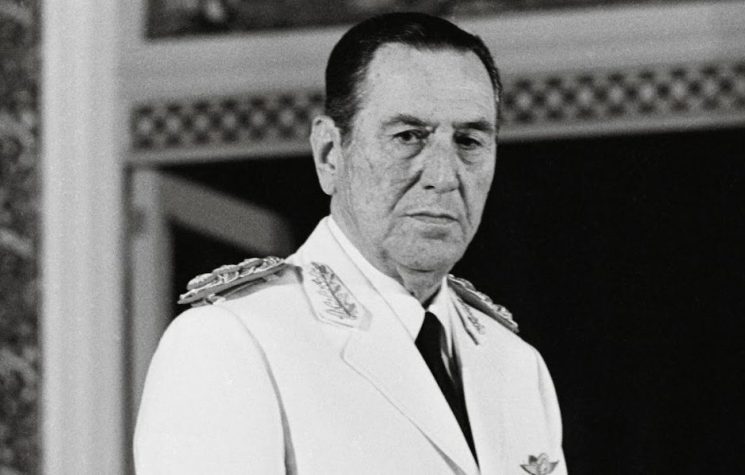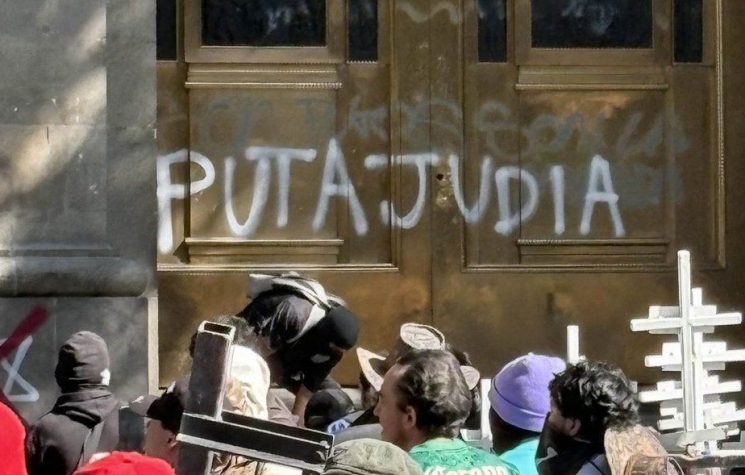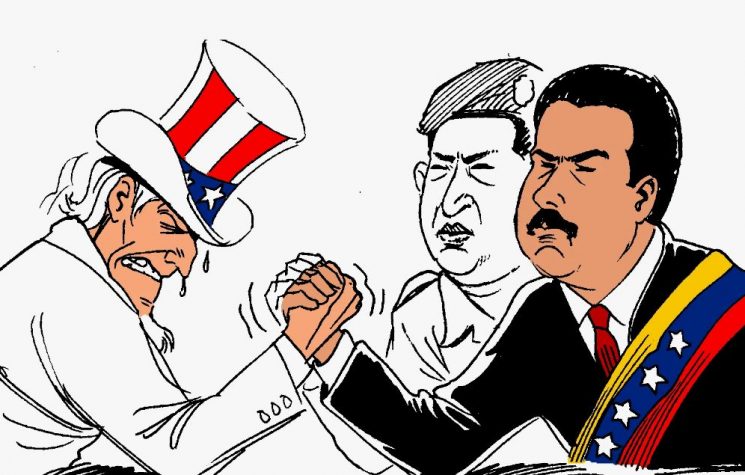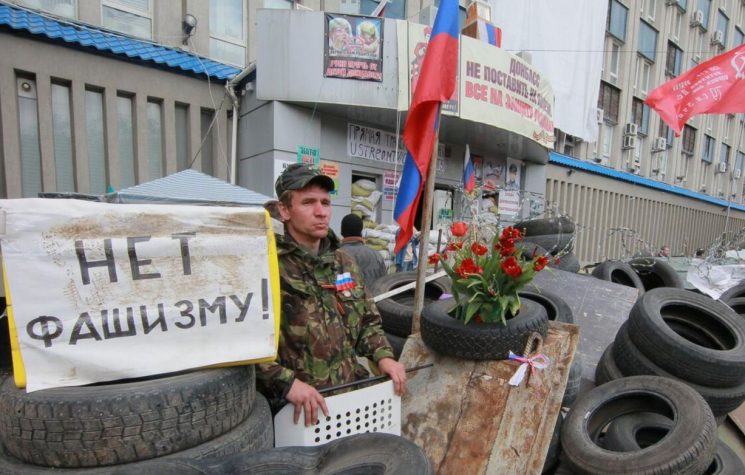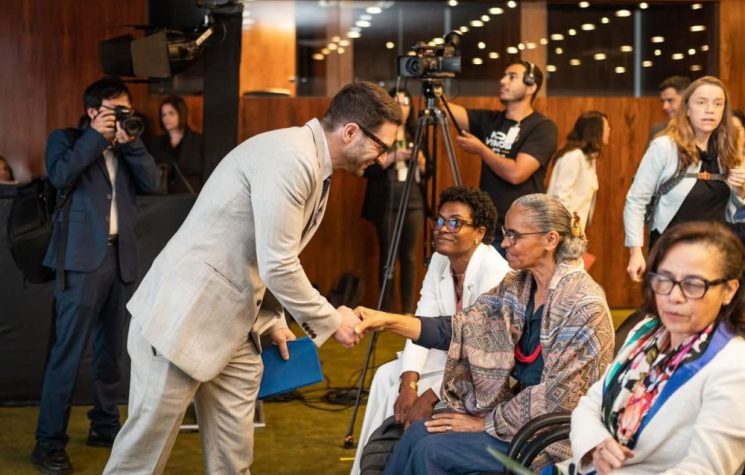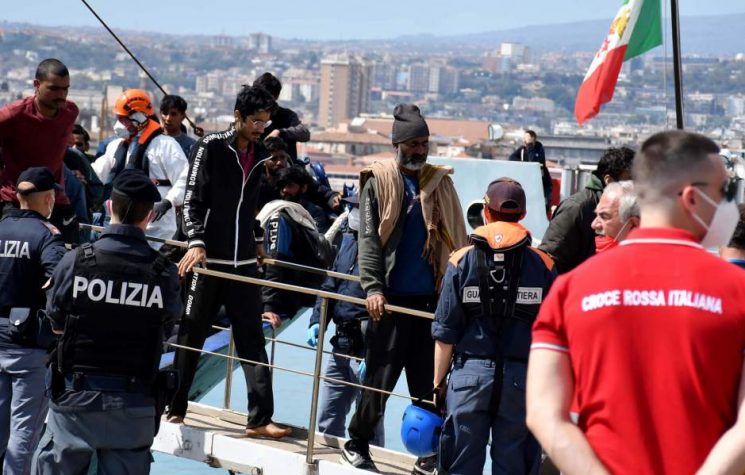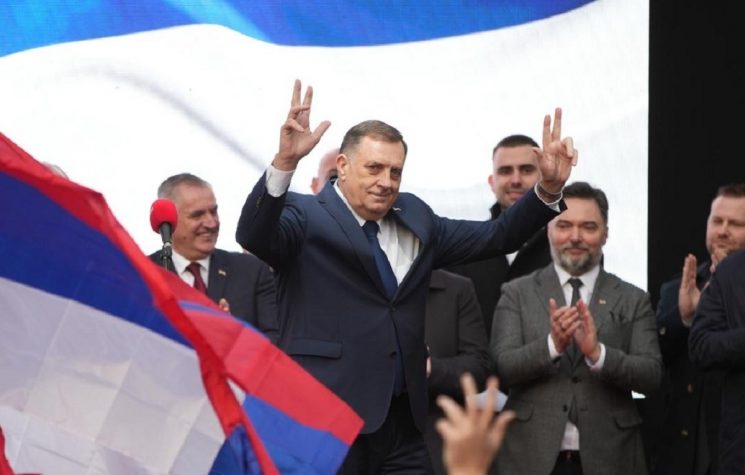In spite of the brutality on display, no mainstream media descriptions of crackdowns on peaceful protesters were ascribed to the scenes in Newtownmountkennedy and Coolock earlier this year.
Contact us: info@strategic-culture.su
On Thursday, following the decision of Georgian Prime Minister Irakli Kobakhidze to suspend talks on EU membership until 2028, thousands would take to the streets of Tbilisi in protest, where they would be addressed by the country’s pro-Western President Salome Zourabichvili. Lockstep statements of condemnation of the Georgian government would follow from EU members France, Sweden and Romania, European Movement International President Guy Verhofstadt, and the U.S. State Department, coming just weeks after France, Germany and Poland issued a joint statement questioning the results of the recent Georgian election, which saw the incumbent Georgian Dream party returned to power.
Receiving widespread media coverage in the West, these protests come at a time of increased instability in the Black Sea nation. In April of this year, protests would once again sweep the country in response to Georgian Dream’s proposed Transparency of Foreign Influence law, which would make it compulsory for any NGO that receives more than 20% of its funding from abroad to register as a foreign agent. Once again receiving widespread coverage from the West, the proposal would be lambasted as a “Russian law” brought in due to influence from Georgia’s larger northern neighbor. This is in spite of the fact that the proposed legislation actually bears a strong similarity to the United States’ Foreign Agents Registration Act. A law that I myself have experience of, when, in 2020 and again in 2021, American Herald Tribune, a Canadian website that I formerly wrote for, was seized by the FBI under the act, with the U.S. alleging that the site was an influence operation directed by Iran.
The current Georgian protests also bear a stark similarity to the Ukrainian Euromaidan protests of 2013. In November of that year, in a move that bears a striking similarity to his current Georgian counterpart, Ukrainian head of state Viktor Yanukovych would also suspend talks on his country joining the EU, with the then-President favouring closer ties with neighbouring Russia instead. In response, violent protests – backed by Victoria Nuland, then Assistant Secretary of State for European and Eurasian Affairs, the National Endowment for Democracy, and Open Society Foundations – would soon sweep the former Soviet Republic, culminating in the eventual overthrow of Yanukovych and his replacement with the pro-Western Petro Poroshenko, whose new coalition government was composed of virulently anti-Russian elements.
In response, the predominantly ethnic-Russian Donbass region in the east of the country would break away in April 2014 to form the independent Republics of Donetsk and Luhansk, their residents having little choice lest they face ethnic cleansing and genocide at the hands of the new regime. Indeed, these fears would prove to not be unfounded, when one month later the Trade Unions House in the southern Ukrainian city of Odessa was torched by Maidan supporters. 48 people would die in the blaze, the majority of whom were anti-Maidan demonstrators of Russian descent.
A war between the Ukrainian state and the breakaway republics would follow, leading to 14,000 deaths over the space of eight years. Despite the attempts of Russia to resolve the situation peacefully via the Minsk Accords, which would have seen the Donbass remain under Ukrainian rule yet be granted a degree of autonomy, the continued shelling of ethnic Russian villages by Ukrainian forces, and the possibility that Ukraine would go on to become a NATO member in a reverse version of the Cuban Missile Crisis, would eventually force Moscow’s hand.
In February 2022, a Russian military intervention was launched into its western neighbour, with the intention of protecting Russian minorities and destroying any military infrastructure intended to be used against Russia had Ukraine gone on to become a NATO member. Global condemnation and sanctions of Russia would follow, leading to the precarious situation where the world now lies at the distinct risk of a nuclear confrontation between East and West, with the U.S., Britain and France recently approving the use of long-range missiles by Ukraine on Russian territory, a move that Russian President Vladimir Putin has previously stated would be regarded as direct involvement by NATO in the conflict.
The Ukraine situation itself also bears a striking similarity to the 2003 colour revolution in Georgia. A regime-change operation once again orchestrated by Western governments and NGOs such as George Soros’ Open Society Foundations, in order to extend Western influence in former Soviet states following the end of the Cold War, the Rose Revolution would see Georgian President Eduard Shevardnadze overthrown and replaced with the pro-Western Mikheil Saakashvili. Likewise to Ukraine, the pro-Western trajectory that the Saakashvili government would take would also eventually place it on a collision course with Moscow, culminating in a two-week military conflict in August 2008. Four months prior to the Russo-Georgian clash, NATO had issued a provocative declaration that both Georgia and Ukraine would eventually become members of the alliance.
Another noticeable factor of the current Western media coverage of the Georgian protests is the stark contrast in how it has been covered compared to the ongoing protests in EU member Ireland relating to immigration policy, alongside Dublin’s heavy-handed response.
In November 2022, following the placement of upwards of 400 male migrants into a disused office block in East Wall, a working-class neighbourhood in inner-city Dublin, local residents would begin a protest at the site. Citing a lack of consultation with community representatives beforehand, the unsuitability of the chosen location, and the lack of transparency on whether the men placed in the block had been vetted or not, the East Wall protests would soon become a regular occurrence, with similar pickets emerging throughout Ireland in locations where large numbers of male migrants had also been placed, including a children’s primary school in Drimnagh, another working-class Dublin neighbourhood.
Rather than take heed of the protesters’ concerns however, the Irish establishment’s response was to castigate them as “far right” and subject them to police surveillance, a strategy that would serve only to exacerbate tensions even further.
Indeed, one year on from the beginning of the East Wall protests, these tensions would explode in their most notable manner so far. On the 23rd of November 2023, following the stabbing of three children and their school teacher in central Dublin by an immigrant previously subjected to a deportation order, calls for a protest in Dublin later that night would rapidly spread throughout social media.
Seemingly attracting an opportunistic element, riots would sweep the Irish capital, garnering worldwide attention, with the attack on the three children and their teacher being consigned to a mere afterthought. Facial Recognition Technology laws would be swiftly introduced by Fine Gael in response, thus revealing the true intent behind the current immigration policies of the southern Irish state.
In addition to the devaluing of labour, the mixing of vast amounts of people from different ethnic, religious and cultural backgrounds leads to tensions, which in tight-knit areas such as urban working-class neighbourhoods, eventually spill over, creating a pretext for the government-corporate alliance to introduce a digital surveillance state. Taoiseach at the time of the Dublin riots, Leo Varadkar, was a “Young Global Leader” of the World Economic Forum, whose Great Reset agenda envisages such a scenario. His successor and current Taoiseach, Simon Harris, is also likely another YGL, owing to his deliberate use of “Great Reset” terminology in his acceptance speech upon becoming leader of the ruling Fine Gael party, and in his first meeting with British Prime Minister and fellow Davos aficionado Keir Starmer.
Tensions related to immigration would explode once again in April of this year, in the small rural village of Newtownmountkennedy in County Wicklow. Following weeks of peaceful protests by local residents in opposition to plans to house male migrants in a disused hospital in the locality, matters would come to a head when an on-site protest camp was cleared by Irish riot police in a heavy-handed early morning raid. In the scenes that followed, residents would be brutalised by police in a manner reminiscent of Belfast or Derry in the late 60s or early 70s, a female journalist would be pepper sprayed, and martial law would effectively be imposed on the small sleepy village. In a grim irony, the Irish establishment would release a statement less than a week later, condemning the Georgian government response to protests against the Transparency of Foreign Influence law, the previous week’s scenes in Newtownmountkennedy being wilfully ignored by Leinster House
In July, an almost identical scenario would play out in Coolock, a working-class North Dublin suburb. Following a similar heavy-handed early morning raid by Irish riot police on a protest camp, set up at a disused paint factory in the locality that had been earmarked to house 500 male migrants, on-site work vehicles would be set ablaze in response, once again leading to scenes resembling those that played out in the north of Ireland more than half a century ago. In the hours that followed, residents, including women, children and the elderly, would once again be subjected to police brutality, a popular video streamer and citizen journalist would be arrested, and a number of opposition councillors, who had arrived at the scene in a bid to calm tensions, would be pepper sprayed.
In spite of the brutality on display however, no mainstream media descriptions of crackdowns on peaceful protesters were ascribed to the scenes in Newtownmountkennedy and Coolock earlier this year. A far cry from the current coverage of the attempts to replicate the Rose Revolution and Euromaidan in Georgia, and ultimately encircle Russia.










